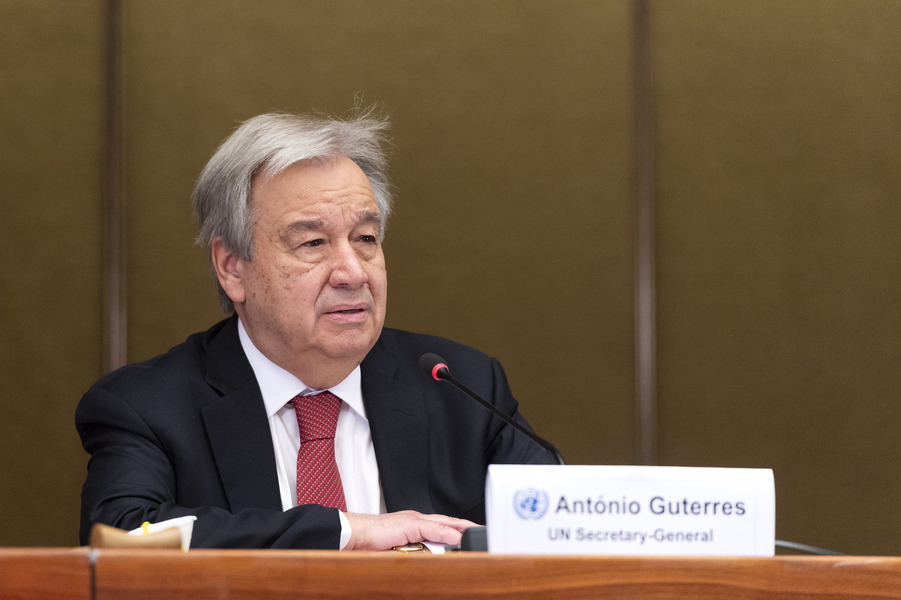The White Paper, the Public Authority Defense, and "Five Truths About the Drone War"
2. The CIA does not "fly" drones. It "owns" drones, but the Air Force flies them.
Published by The Lawfare Institute
in Cooperation With

That's an interesting "truth"---assuming it is, indeed, true---in light of the DOJ White Paper. Among other things, the White Paper concluded that, under its given facts, a hypothetical violation of 18 U.S.C. § 1119 (or the "murder of a U.S. citizen abroad" statute) likely would be justified on "public authority" grounds. This part of the White Paper proceeded in two steps: first, by noting 1119's incorporation of other federal laws which criminalize only "unlawful" killings; and second, by pointing out that the targeted killing, abroad and away from any zone of active hostilities, of a senior Al-Qaeda leader who is a U.S. citizen and poses an imminent threat---would be lawful. That is, the killing would be conducted in accordance with the laws of war, which govern the United States' non-international armed conflict with Al-Qaeda. And that, apparently, would furnish "public authority" sufficient to justify a violation of the statute under such circumstances. This raised Kevin Jon Heller's eyebrow. Kevin doesn't seem to quarrel with the White Paper's "public authority" claim, so far as concerns drone strikes conducted by the U.S. military. But he stoutly rejects it, so far as concerns drone strikes conducted by the CIA. And his assumption---supported by news accounts and what seems to be conventional wisdom---was that agency officials operated the drone that killed U.S. citizen Anwar Al-Aulaqi. That's where Ambinder's reporting comes in. For if Ambinder is correct, then it is military personnel who do the drone-flying and the button-pushing, and military personnel can invoke a public authority justification for strikes implicating 1119, in Kevin's view. To be clear: I do not mean to suggest that the CIA program's bureaucratic structure reflects a deliberate effort to mitigate hypothetical 1119 liability, for agency civilians involved in drone strikes against U.S. citizens. But that appears nevertheless to be one possible consequence of the structure, as described by Ambinder. (Relatedly, I also acknowledge some interesting, and I suspect, quite difficult questions about blended CIA and military operations here---but I'll leave them to more knowledgeable folk. Bobby, I'm looking at you.)2. The CIA does not "fly" drones. It "owns" drones, but the Air Force flies them. The Air Force coordinates (and deconflicts) their use through the CIA's Office of Military Affairs, which is run by an Air Force general. The Air Force performs maintenance on them. The Air Force presses the button that releases the missile. There are no CIA civilians piloting remote controlled air vehicles. The Agency has about 40 unmanned aerial vehicles in its worldwide arsenal, about 30 of which are deployed in the Middle East and Africa. Most of these thingies are equipped with sophisticated surveillance gear. A few of them are modified to launch missiles. The Air Force owns many more "lethal" RPVs, but it uses them in the contiguous battlefield of Afghanistan.




-(1).png?sfvrsn=7aa9b087_9)
